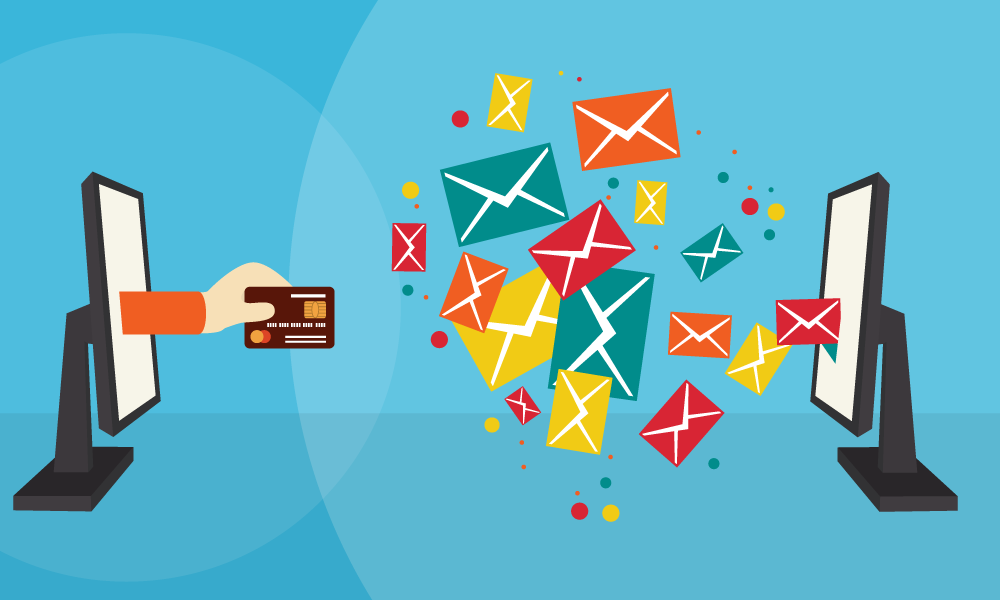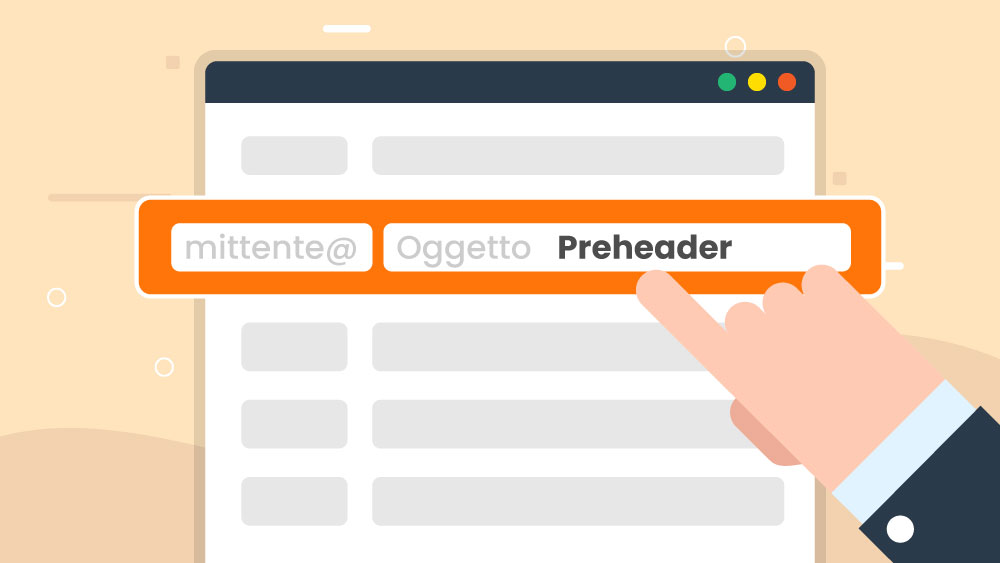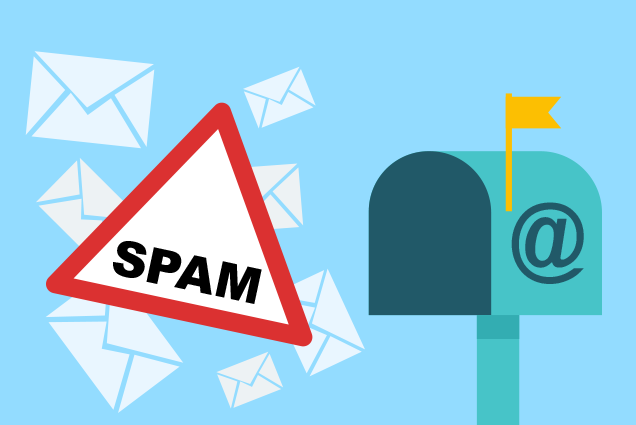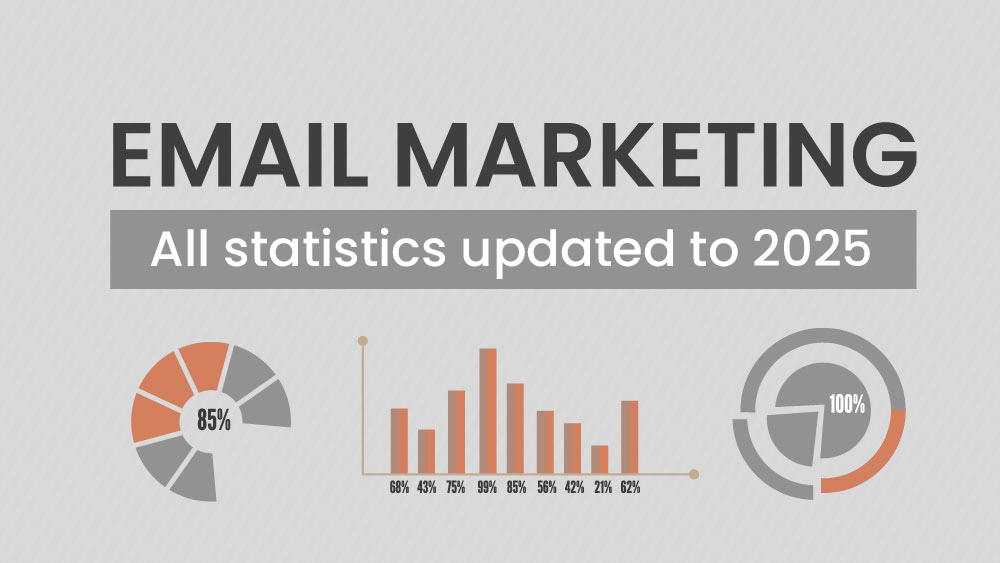How to write the perfect subject line for your email? This is a recurring questions among marketers: enticing subject lines are essential to guarantee a high open rate for your newsletters, and the only way to fight actively for a chance to be read.
In a world where inboxes are more and more full, the email subject line is your calling card – the first impression on recipients. To avoid it to be the last as well, in this article we’ll explore in detail 6 best practices that will help you write more effective subject lines.
But wait. A word before starting.
Like most aspects of email marketing, it’s really hard to encapsulate in a few advices how you should write a subject line in general. Much depends on variables like your business, what kind of message you’re sending (pure marketing, remarketing, newsletter, thank you email etc.) and your own style. A subject line that a marketer finds dicey can be perfectly acceptable, even normal, to another.
Subject line examples can also be very helpful (we’ll provide some), but not conclusive: they should serve just as a source of inspiration, not as ready-made stuff to be copied blindly.
Got it? And now let’s dive into the best practices.
1. Subject length.
The first issue is probably how long your subject line should be. A popular rule of thumb says: no more than 50 characters. And it’s a good one; though there can be significant variations among industries or according to the type of message, 50 characters is a proper limit.
That said, if you can stretch your subject line to 30-35 characters without losing its semantic force (that is, without compressing it into some random disconnected words), it’s even better.
As a matter of fact, the rise of mobile open rates (at least half of the whole email traffic is read on smartphones) has brought the issue of smaller screens and thus of shorter subjects.
But with these caveats in mind, remember anyhow that the number of characters is not that relevant; if you’re doing it properly, and you manage to convey the most important information in the first part of the line, open rates are not that affected from subject length. Think more about the informative effectiveness: it’s the right starting point.
2. Be coherent with your email content.
Obvious, right? Well, not really. If you’re completely obsessed by catching users’ attention with your subject line, then you’re probably forgetting that it is a mean and not an end: and you’re also probably forgetting that it must be strongly linked to your newsletter content.
All “magical tips” that promise higher open rates but sacrifice the coherence between subject line and actual message must be ignored: they’re just a way to trick your customers. Stick to your content and you’ll never disappoint them.
3. Some dos.
Be descriptive, but not plainly descriptive: a good subject line must evoke what’s in the newsletter and entice the user to go on and read further.
In general, prefer minimalism rather than controversial or inflated phrases.
If you are really good at humor or particularly brilliant with words, go on and surprise your customers (your subject line will stand out among all the others) – but absolutely avoid it if you’re not 100% sure of what you’re doing (a badly conceived joke easily leads to a disaster).
Include a call to action or transmit a sense of urgency – if there’s a chance to do that. For instance, if your offer lasts only until Sunday, say it: if there’s no time limit, don’t say anything, just be specific on what you’ll be telling in the email.
Remember that a subject line aims to grab attention, but also to convey some relevant information – don’t stick on bait words.
Re-read before send. Always.
4. Some dont’s.
Don’t write in ALL CAPS. Never. It’s like you’re yelling into someone’s face.
Don’t use multiple exclamation points or multiple question marks.
Don’t use symbols or smiley faces.
Don’t be rude or pushy.
Don’t make grammar mistakes or typos.
Don’t use spammy words.
Don’t use first names. It’s been a popular technique for some years, but apparently it doesn’t really work.
Don’t rely too much on the latest article that gives you some magical and previously unheard tip.
Don’t try to sell directly your product in the subject line: if you forgot it, there’s an email message for that.
Don’t put all your mental energies into the subject line and forget the rest.
Don’t insert double spaces between words.
5. Know your people.
What’s one the most important rules for any kind of seller? Know what your customers want. Email marketing is no different story. If you listen to your users (if you carefully read their email replies, spend some time with the customer support, understand what type of people have subscribed to your mailing list and why), then writing a subject line will be definitely easier.
Emailchef provides powerful analytics tools to understand that, giving meaningful sense to raw data and customers’ details: pass some time to understand how to better profile your subject line writing.
Then, of course, you can go with some trial and error. If you drop a funnier or more controverse line and your open rate hit bottoms, then your customer base probably don’t appreciate it. Which brings us to the last point…
6. Test.
Email subject line testing is an excellent practice to improve your open rates, and we warmly recommend it. Almost everything in email marketing can be enhanced, and the only way to have a good proof whether you’re doing well or not is to run frequent A/B tests.
Here’s an example of how to do that: take a relevant chunk of your list (say 10-20%) and send to half of the contacts a version of the subject line, and the other version to the other half.
After 24-48h verify the open rate on Emailchef’s stats dashboard: the email which got more opens will likely be the best in terms of subject line – so use it for the rest of the list.








